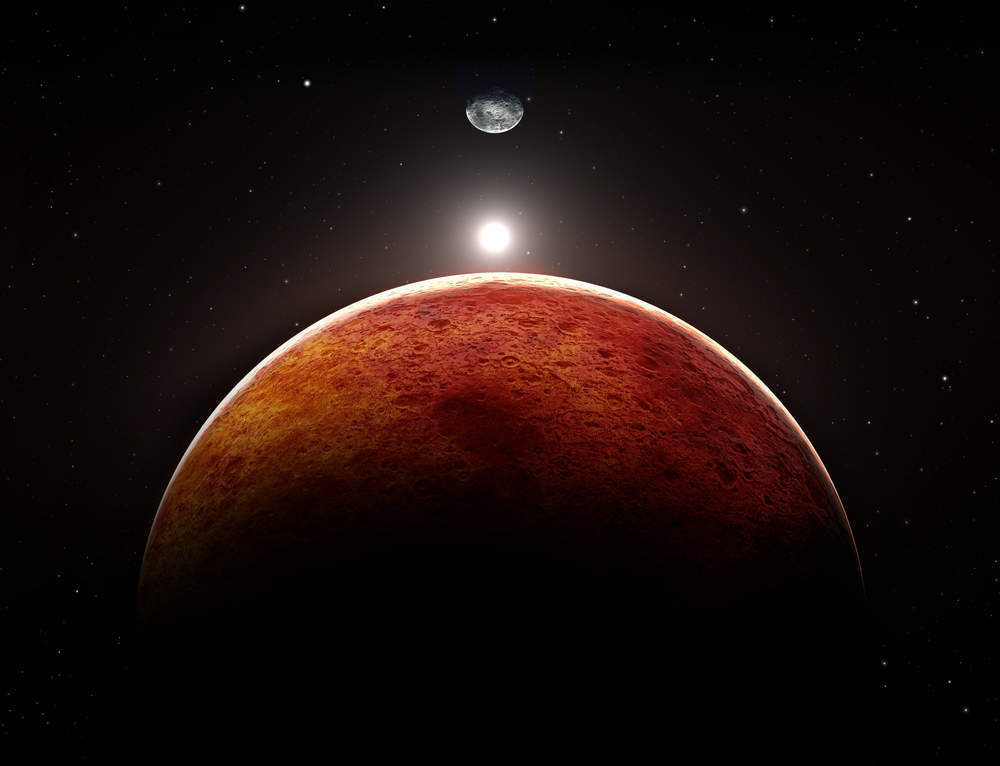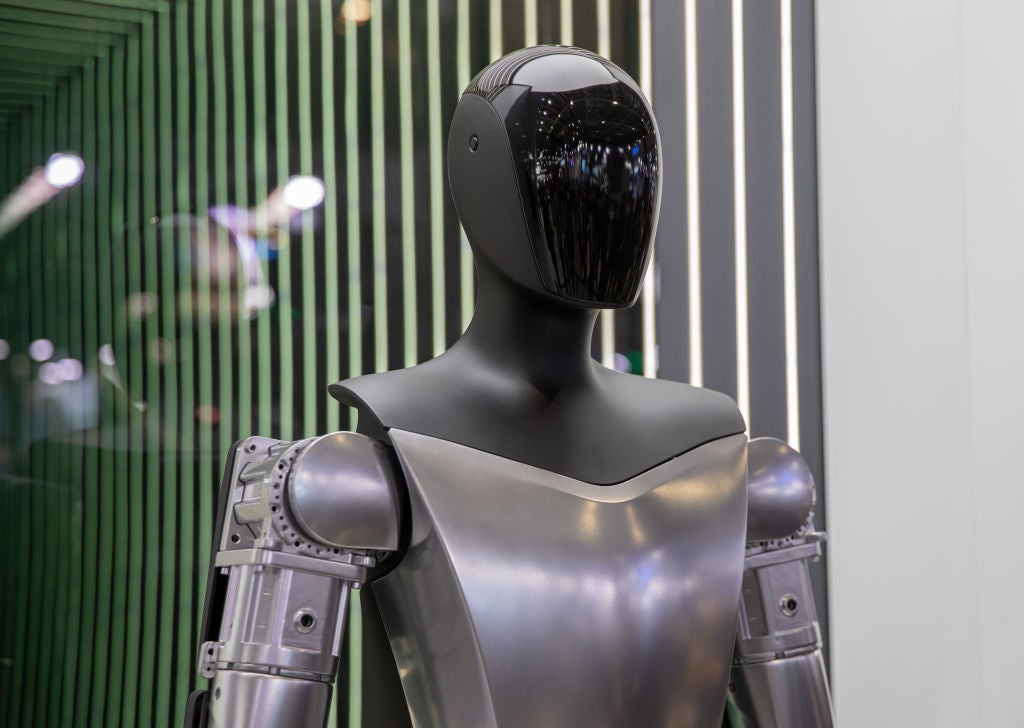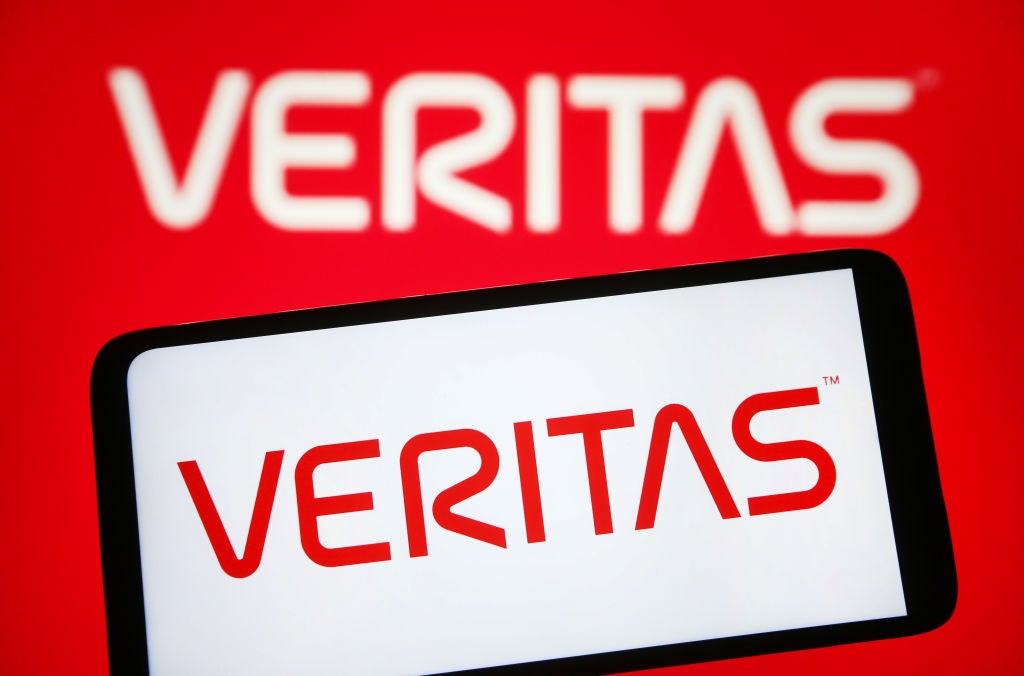
After 15 years and many ground-breaking discoveries, NASA announced last month that it had bid farewell to its Mars Exploration Rover B Opportunity (affectionately known as “Oppy”) after it ceased communication with Earth.
What was originally meant to be a 90-day mission finally came to an end after a massive sand storm starved Oppy of power, causing its solar-powered batteries to fail.
In its final message to Earth, Oppy declared “My battery is low and it’s getting dark”, not only tugging on the heartstrings of those who have followed its mission for over a decade, but also highlighting an important issue for Martian exploration.
Wind power on Mars: A solution?
Being 54.6 million kilometres away from Earth, power is an issue. Currently, most rovers rely on solar power to carry out their missions on the red planet, but promising research had indicated that other power sources could be harnessed.
Wind power is one such option, but the practicalities of utilising wind power present several barriers.
Firstly, The atmospheric pressure on Mars is lower than on Earth at about 0.6% of Earth’s, meaning that wind is often not strong enough to provide adequate power. The planet is also subject to unpredictable sand storms that could damage wind turbines.
How well do you really know your competitors?
Access the most comprehensive Company Profiles on the market, powered by GlobalData. Save hours of research. Gain competitive edge.

Thank you!
Your download email will arrive shortly
Not ready to buy yet? Download a free sample
We are confident about the unique quality of our Company Profiles. However, we want you to make the most beneficial decision for your business, so we offer a free sample that you can download by submitting the below form
By GlobalDataRelying on solar energy has a significant drawback as it means that rovers cannot travel to any part of the plant that does not receive enough sunlight such as the poles, which do not get adequate sunlight for about half the year.
Therefore, using wind power in conjunction with current power sources could open up new possibilities for exploration missions.
Researchers have been considering whether harnessing wind power on Mars is a viable option for a while now, with NASA carrying out early experiments using wind turbine in Antarctica, but early models were too heavy to be transported by a lightweight rover in a way that is energy-efficient.
Wind turbines suitable for the red planet were first tested back in 2010 in a wind tunnel at Aarhus University in Denmark. The aim of the experiment was to mimic the atmospheric conditions on Mars that NASA’s Phoenix Mars lander might encounter and test the minimum speeds needed for the turbine to operate, and the maximum speeds it could withstand.
The results show that power production by a wind turbine under current Martian atmospheric conditions, more specifically, at wind speeds which are regularly seen at the Martian surface and at the correct air pressure, is indeed possible. Researchers confirmed that “for the first time and with certainty, that, yes, you can use wind power on Mars.”
Although this may not be enough for wind to act as the only energy sources for rovers, researchers believe that the energy generated by the turbines could then be stored in batteries to be used as a backup option when sunlight cannot be used, such as when exploring the poles or during sandstorms.
The findings from the study were only presented last year, and they revealed for the first time that it may be feasible to harness wind power on Mars. Although they are a long way from being launched into space, this is promising.
Whether this technology could be used on a larger scale in the form of wind farms remains to be seen, but the possibility of human colonies on Mars sometime in the future means the issue of generating power must be overcome.





